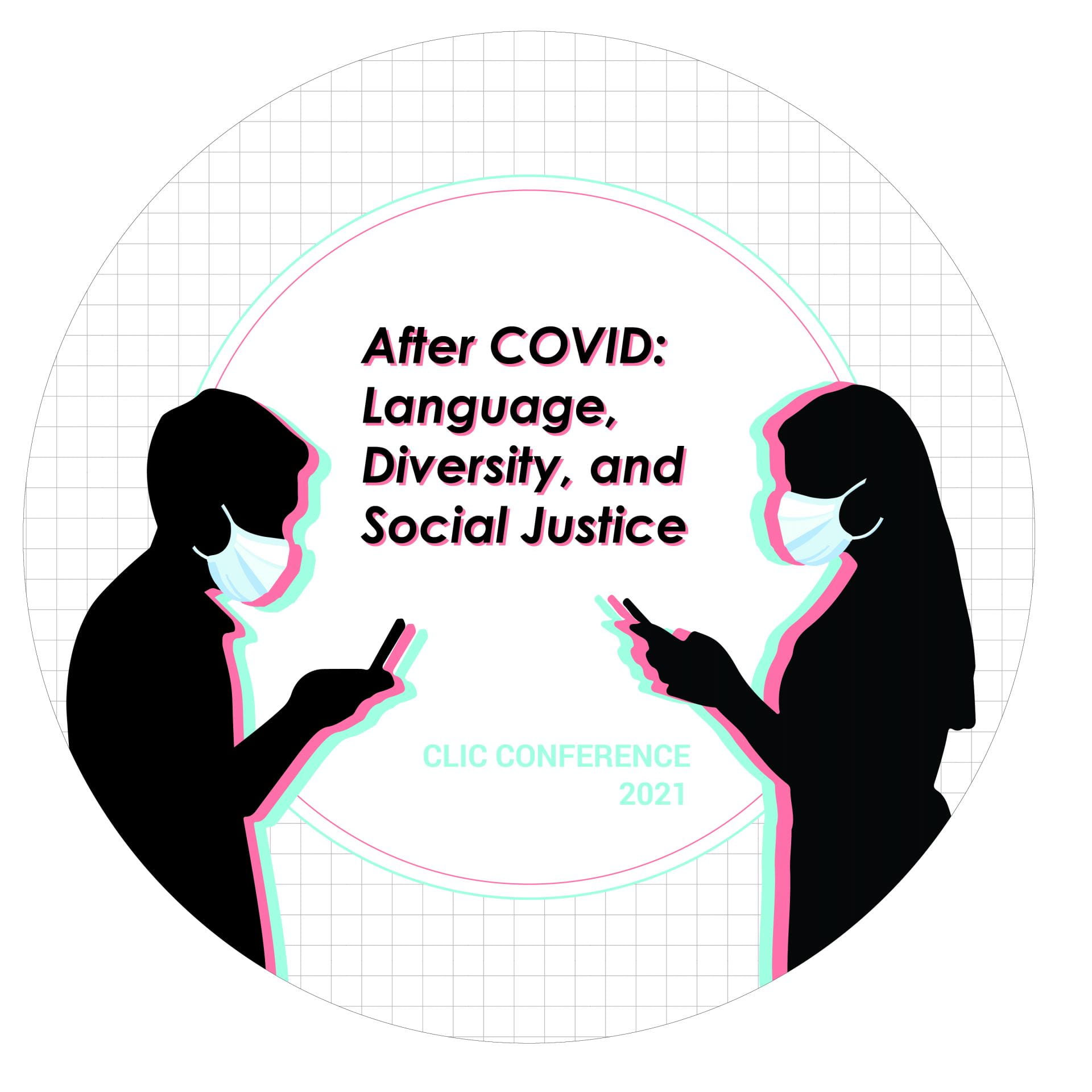Technology for accessibility and diversity in the language classroom: virtual reality, augmented reality, and telecollaboration
Jayoung Song, Pennsylvania State University
The global outbreak of COVID-19 has greatly changed our lives including teaching and learning foreign languages. Although the integration of technology into language education has been advancing for years, it is the first time that thousands of language teachers and learners have to rely on the internet as the only medium for teaching and learning. The plenary talk will describe how various forms of technology can be integrated in the language classroom for accessibility and diversity in this unprecedented time. As a language practitioner and researcher, I will present two classroom examples with empirical data. The first example describes a telecollaboration project between students in the U.S. and those in South Korea. I will talk about the design features which led to the successful virtual exchange and how the project provided similar educational opportunity to a study-abroad experience in terms of developing students’ intercultural competence. The second example describes how a virtual reality (VR) and augmented reality (AR) can be used for language diversity and justice. Given that we can access to more information about the physical setting of many interactions with VR and AR, they can be used as practical resources for a variety of interactions that students might be engaged in. Through these two examples, the talk will raise the issue of accessibility and diversity to the full educational opportunity that students are entitled to and how technology could provide various types of solutions.

